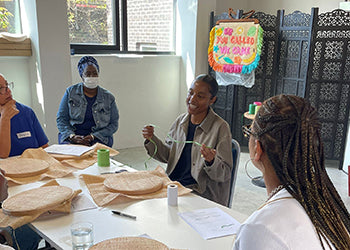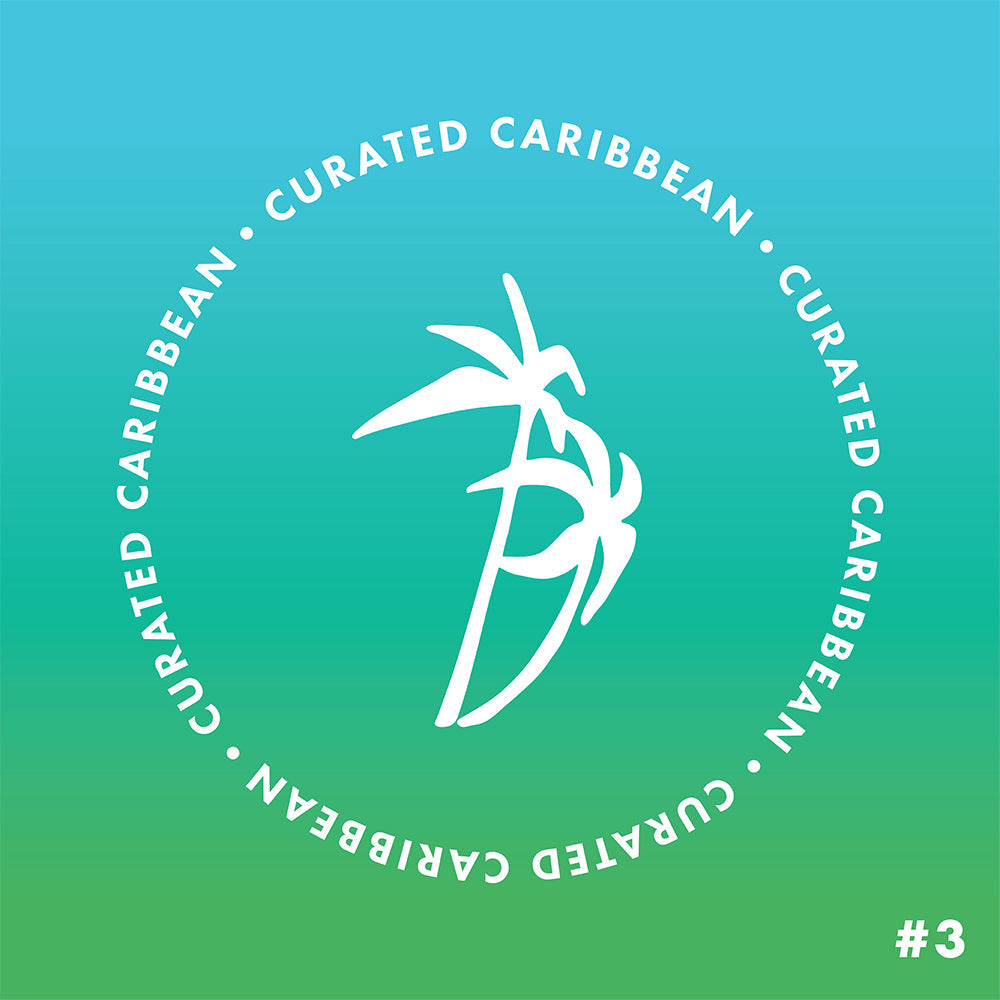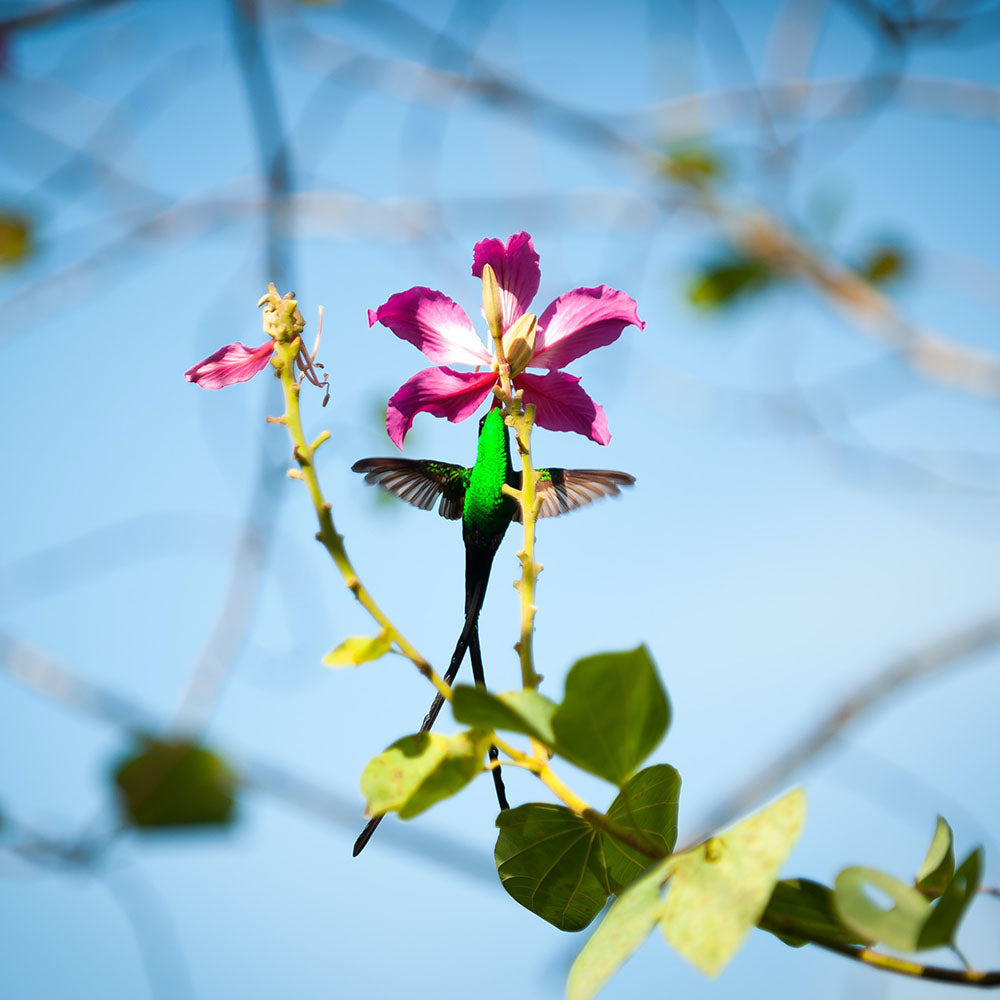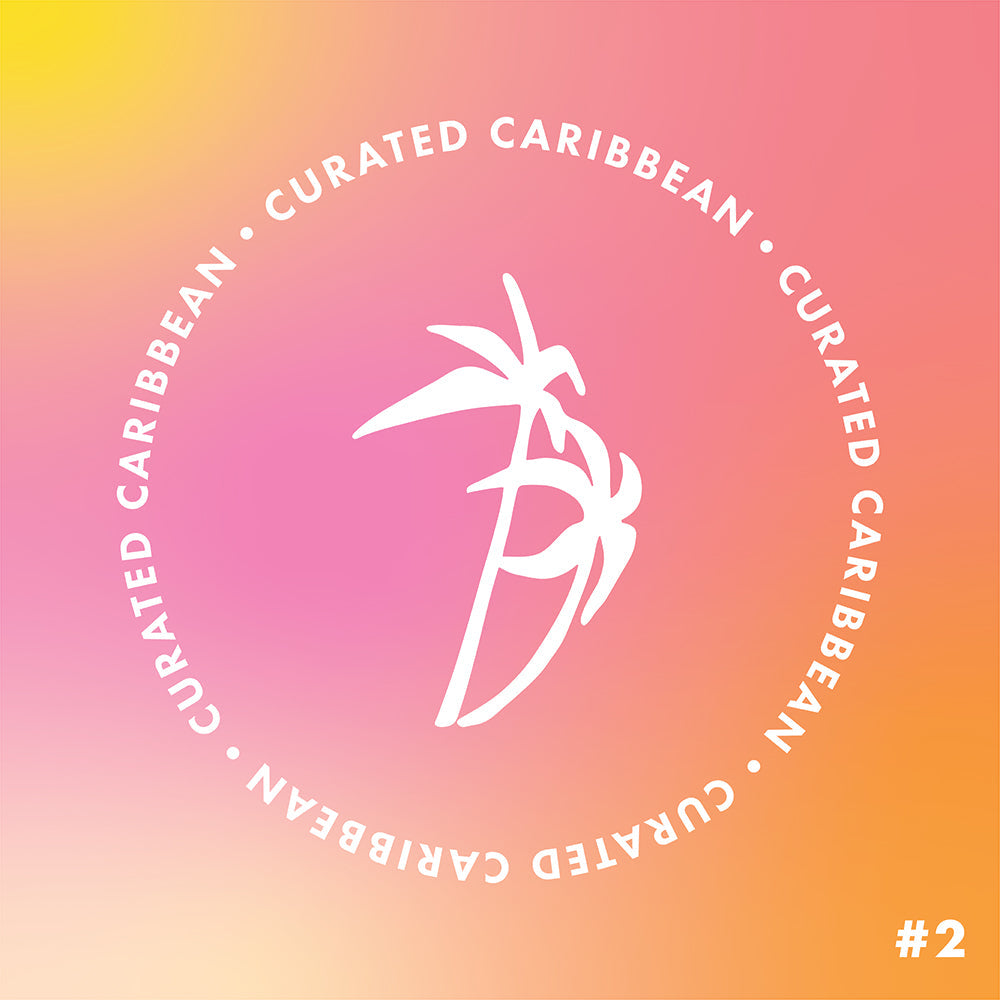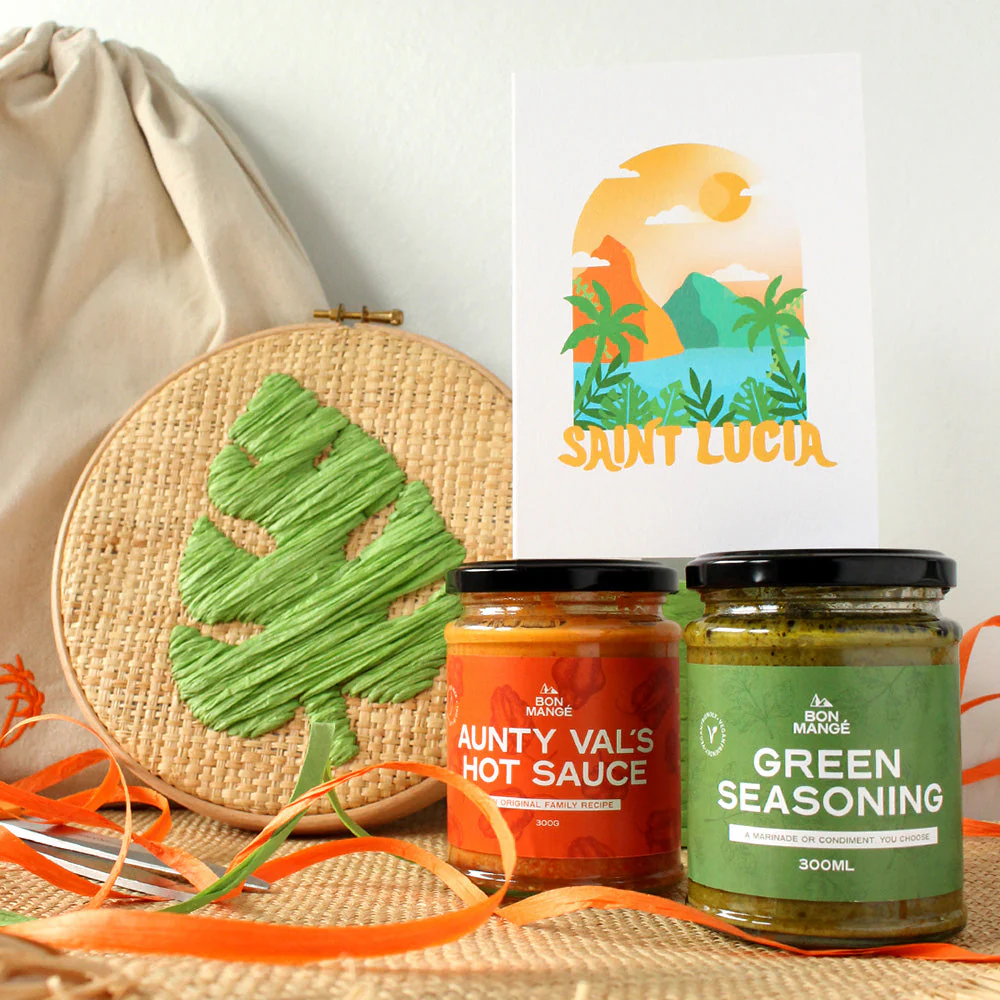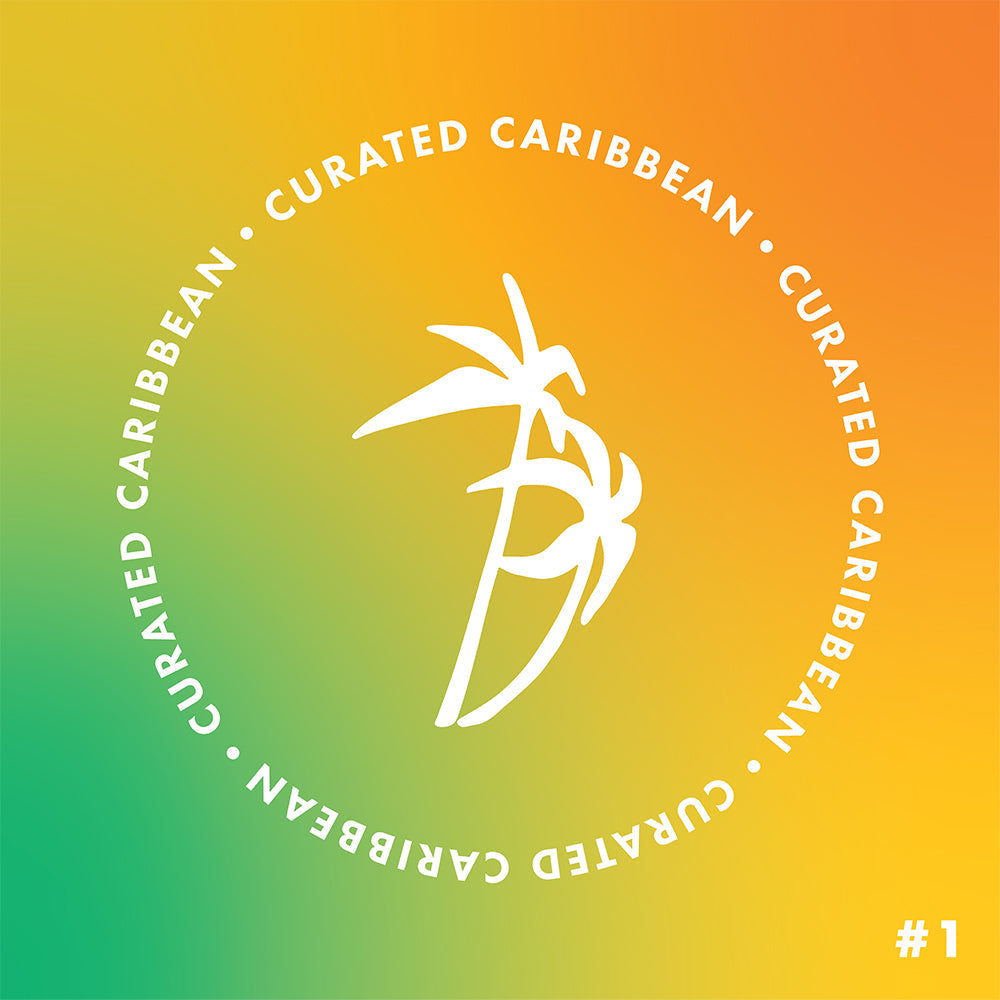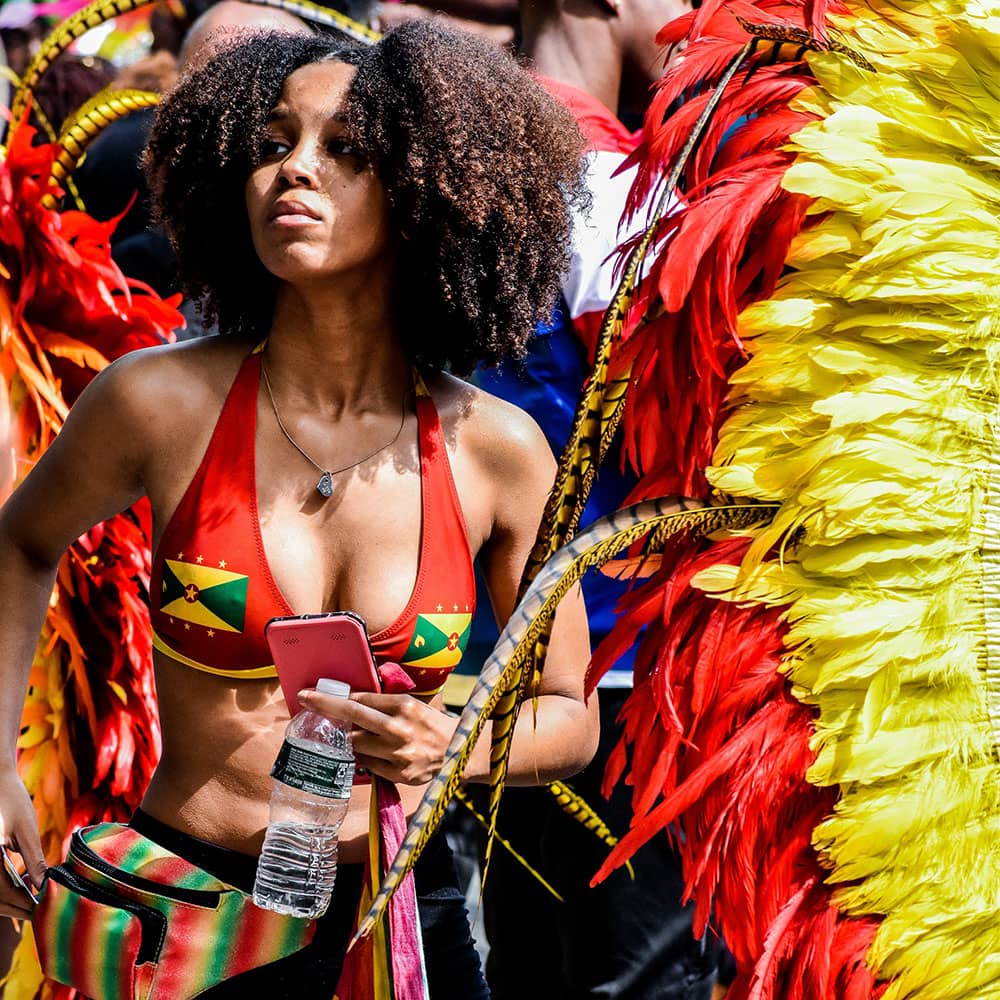
Learn more about The Caribbean, and the journey to independence…
WHAT IS AN INDEPENDENCE DAY?
An Independence Day is an annual event where a nation celebrates its independence from another country or state. For the Caribbean region, this is typically from European powers. Celebrations can include nationwide events such as festivals, street dances, concerts, parades, fireworks, and cultural performances that showcase the unique heritage of the country. People often wear clothing and accessories featuring the nation’s flag or traditional dress. Caribbean diaspora communities worldwide will celebrate, showcasing the nation's flag, enjoying traditional foods, and participating in celebratory events.
A BRIEF HISTORY OF THE CARIBBEAN - FROM COLONY TO INDEPENDENT
The Caribbean region was colonised by European nations in the 17th & 18th centuries. Using enslaved African labour, they introduced a plantation economy to the region, mainly based on sugar but also rum, cotton, coffee and cocoa. Most Caribbean countries were under colonial rule even after the abolition of slavery. However, it must be noted that Haiti, a former French colony, was the first Caribbean nation to gain independence from a European power in 1803, even before the French abolition of slavery. This was after what is known as the largest and most successful slave rebellion in the Western Hemisphere from 1791 to 1803 (see the links at the end of this post to learn more about it). This is not to say enslaved people from other Caribbean nations did not revolt; there were constant revolts until emancipation in 1834 including in 1760s Jamaica, 1790s Grenada and 1810s Barbados.

The British slave trade officially ended in 1807, so the buying and selling of African people was made illegal. Slavery itself ended in the British Caribbean on 1 August 1834. After this date, a period of apprenticeship was introduced on some Caribbean islands where previously enslaved people were forced to work as apprentices for their old masters, so it can be argued that enslavement did not end until 1838 when the apprenticeship system ended. Even after this time, life was hard for previously enslaved people as they received no compensation, and their interests weren’t represented in the law. Indentured labourers from China and India were brought to the Caribbean region after slavery to fill in the labour void on plantations. The indentured labour system was grossly abused, and labourers were forced to endure long working days, heavy workloads and poor housing. This system was not abolished until the early 20th century. After this, people of African, Indian, and Chinese descent continued to struggle to own land and build their communities.
In the earlier part of the 20th century, some Caribbean people served with the British armed forces with other members of the British Empire in the First World War. At first, volunteers were rejected by the British authorities but as the war continued, the authorities began to accept them but gave them menial jobs. Caribbean men and women also responded to calls from Britain in the Second World War as many felt they had a patriotic duty to the ‘Mother Country’.
In 1958, after the end of WW2, several of the British-controlled Caribbean territories were joined in the West Indies Federation to create political unity. The territories that were part of the West Indies Federation included Barbados, Dominica, Grenada, Jamaica, Montserrat, Saint Lucia, Trinidad and Tobago, St Vincent, Antigua and Barbuda and St-Kitts-Nevis-Anguilla (also known as Saint Christopher-Nevis-Anguilla). During its brief existence, between 1958 and 1962, the federation faced many problems. The territories disagreed over the structure of the federation, and specific policies and many of the territories were unwilling to give up control to the Federal Government.

The West Indies Federation collapsed in 1962. This was after Jamaica, the largest member, decided to leave the federation after a national referendum. This led to a movement for full independence from Britain, which Jamaica achieved in 1962. Trinidad and Tobago also gained independence that same year.
Other Caribbean islands followed, gradually achieving their independence in the years that followed. St. Kitts and Nevis were the last to gain independence in 1983.
Today, some Caribbean islands, including Anguilla, the British Virgin Islands, the Cayman Islands, Montserrat, and the Turks and Caicos Islands, maintain their status as British Overseas Territories.
LIST OF CARIBBEAN INDEPENDENCE DAYS
This is an alphabetical list of Caribbean countries that gained independence from British colonial rule.
Antigua & Barbuda 🇦🇬
1st November 1981
Antigua and Barbuda Independence Day is celebrated on November 1 each year. Antigua and Barbuda gained independence on 1 November 1981, after more than 350 years of British rule.

The Bahamas 🇧🇸
10th July 1973
Bahamian Independence Day is celebrated on July 10 each year. The Bahamas became a free and sovereign country on 10 July 1973, ending around 325 years of British rule.

Barbados 🇧🇧
30th November 1966
November 30 is the date of Barbados Independence Day, a national holiday in Barbados. It celebrates the nation achieving independence from Britain on 30 November 1966.

Belize 🇧🇿
21st September 1981
Belize Independence Day is celebrated on September 21 each year. While Belize is geographically located in Central America, it's often considered a Caribbean country. This is because its eastern coastline borders the Caribbean Sea, and its history closely resembles that of Caribbean islands, having been under British rule for over two centuries. Belize gained independence on September 21, 1981.

Dominica 🇩🇲
3rd November 1978
Dominica Independence Day is celebrated on November 3 each year. Dominica gained independence on 3 November 1978 as a republic within the Commonwealth. It is officially known as the Commonwealth of Dominica.

Grenada 🇬🇩
7th February 1974
Grenada became fully independent on 7 February 1974. An interesting fact about Grenada’s Independence Day is that it was celebrated by candlelight as employees of the local electricity company were on strike.

Guyana 🇬🇾
26th May 1966
Guyana Independence Day is celebrated on May 26 each year. Although geographically part of South America, Guyana is often considered a Caribbean country. This is because it shares strong cultural and political connections with other Caribbean nations. Formerly known as British Guiana, Guyana achieved independence on May 26, 1966.

Jamaica 🇯🇲
6th August 1962
Jamaica Independence Day is celebrated on August 6 each year. Jamaica was the first country to withdraw from the West Indies Federation. On August 6, 1962, Jamaica gained independence. This day is now a national holiday in Jamaica. During the independence celebrations, the British Union Jack was lowered, and the Jamaican flag was raised across the country. The Cayman Islands, which was once a dependent of Jamaica, returned to British rule following Jamaica's independence.

St Kitts & Nevis 🇰🇳
19th September 1983
St-Kitts-Nevis-Anguilla (also known as Saint Christopher-Nevis-Anguilla) was a British colony from around 1882 to 1983. It included the islands Nevis, St Kitts (St Christopher) and the island of Anguilla until 1980. St Kitts and Nevis gained independence on 19 September 1983, whilst Anguilla remains a British Overseas Territory. St Kitts and Nevis Independence Day is celebrated on September 19 each year.

St Lucia 🇱🇨
22nd February 1979
The island of St. Lucia has been much fought over, particularly between the French and British. However, on February 22, 1979, St. Lucia gained independence from Britain. St Lucia Independence Day is now a national holiday in St Lucia.

St Vincent & The Grenadines 🇻🇨
27th October 1979
After the collapse of the West Indies Federation, some Eastern Caribbean nations attempted to set up a smaller federation, but this was unsuccessful. Following a referendum, St Vincent and the Grenadines became the last Windward Island to gain independence on 27 October 1979. St Vincent and the Grenadines Independence Day is celebrated on October 27 each year.

Trinidad & Tobago 🇹🇹
31st August 1962
The Trinidad and Tobago flag was raised for the first time on 31 August 1962 as they gained independence from Britain. Across the country, independence was celebrated with more than a week of festivities. Trinidad and Tobago Independence Day is celebrated on August 31 each year.

Greeting Cards Inspired by the Caribbean
Add a special touch to your Caribbean Independence Day celebrations by sending someone a special greeting card featuring beautiful illustrations inspired by their heritage! We offer a selection of greeting cards (and art prints) celebrating various Caribbean countries. Each card includes beautiful artwork that captures an aspect of the country.
Sources & Further Reading
1. The West Indies Federation - Read more
2. Haitian Revolution - Read more
3. Let’s stop erasing the history of Caribbean indentured labour - Read more
4. Caribbean Histories Revealed - Read more
5. How did the heroes of the Caribbean help win the war? - Read more
6. Independence in the Caribbean - Read more
7. Images from Unsplash - S Kelly, Anita Denunzio & Phil Hauser


